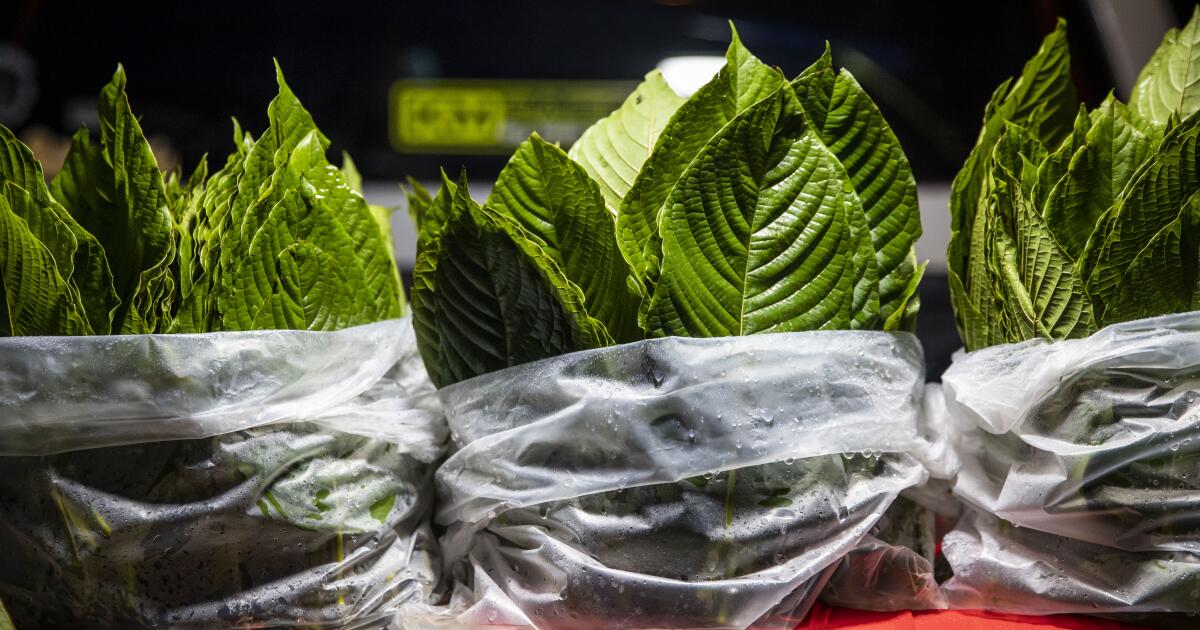
"Researchers say in the United States people are using kratom to alleviate anxiety, treat chronic pain or as a remedy for the symptoms associated with quitting opioids, among other uses. But recently, public health officials have raised alarms about a component of the leaf called hydroxymitragynine, also known as 7-OH, an alkaloid which has the potential for abuse because of its ability to bind to opioid receptors in the body."
"7-OH is a naturally occurring substance in the kratom plant but researchers are seeing a proliferation of concentrated 7-OH products that potentially have enhanced amounts of the chemical, according to an FDA report. The use of kratom, in any form, has not been approved by the Food and Drug Administration, but the agency is particularly scrutinizing 7-OH."
"In the absence of regulation, last week the Orange County Board of Supervisors passed an ordinance prohibiting the sale, distribution or possession of synthetic kratom products in any form in the county. The ban follows similar ordinances approved in Newport Beach, San Diego and Oceanside, among other cities. Some states, including Arizona, Minnesota and Texas, prohibit the sale of products with 7-OH to minors."
Kratom is derived from the leaves of Mitragyna speciosa and is commonly sold as a powder or pill. Users take kratom to alleviate anxiety, treat chronic pain, and relieve symptoms associated with opioid withdrawal. Hydroxymitragynine (7-OH) is an alkaloid in the plant that binds to opioid receptors and carries abuse potential. Concentrated 7-OH products have proliferated and may contain enhanced amounts of the chemical. The Food and Drug Administration has not approved kratom and is scrutinizing 7-OH. Several Southern California jurisdictions and multiple states have enacted bans or restrictions.
Read at Los Angeles Times
Unable to calculate read time
Collection
[
|
...
]